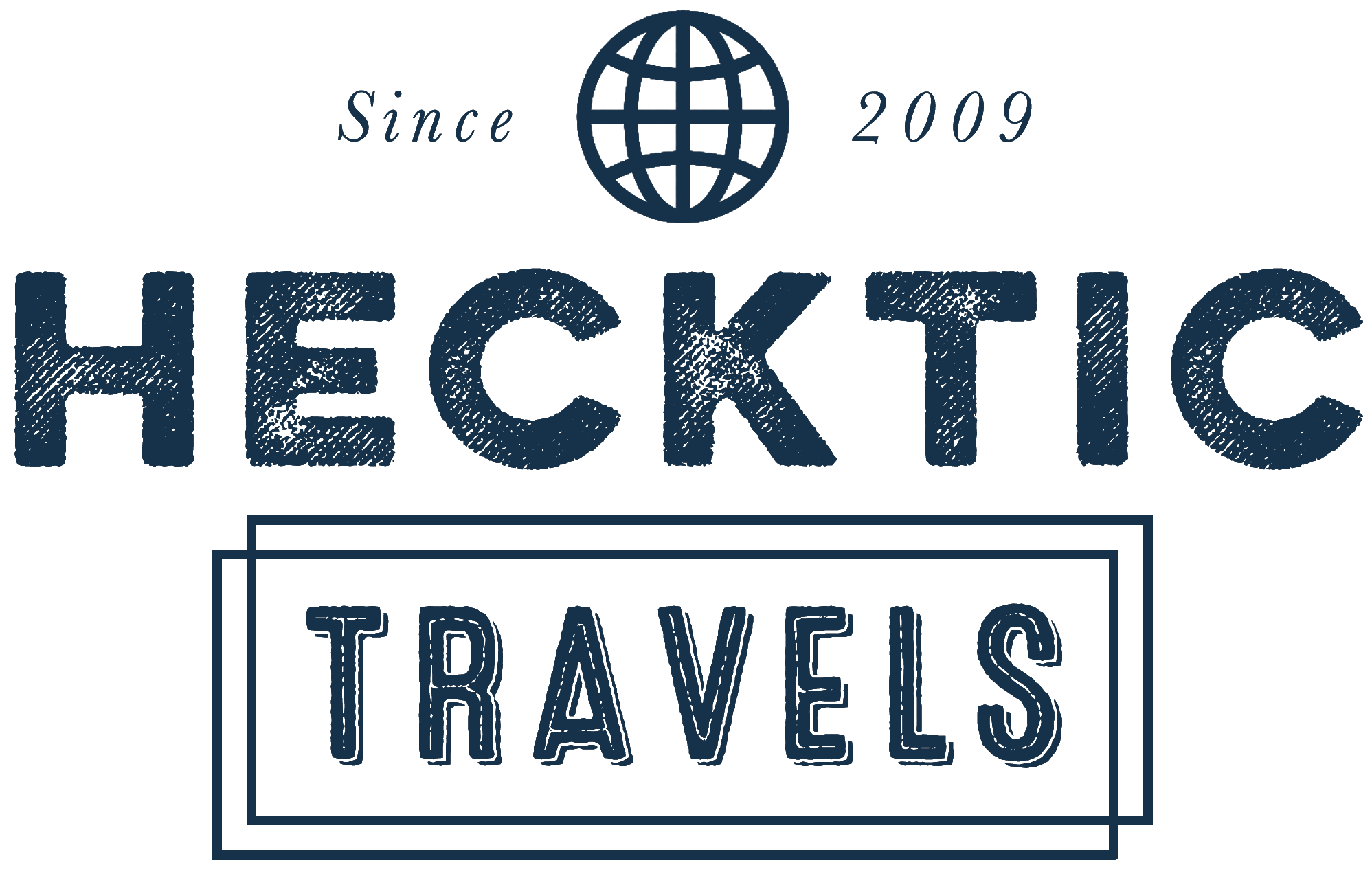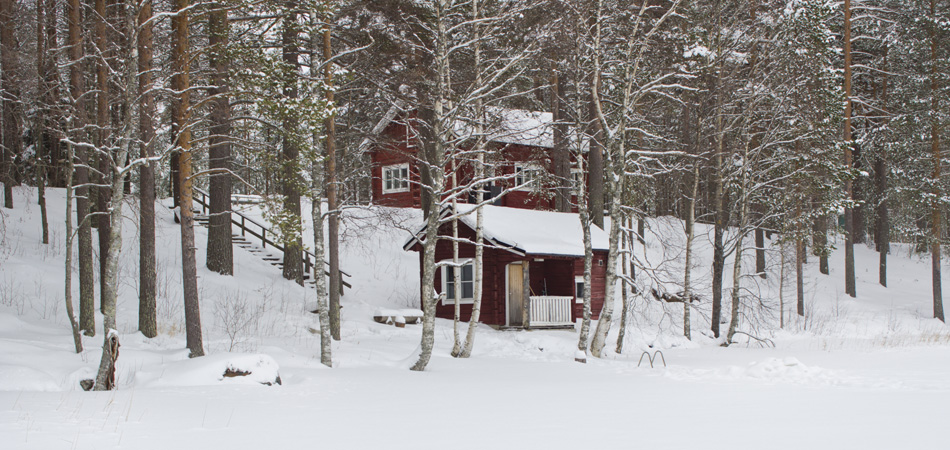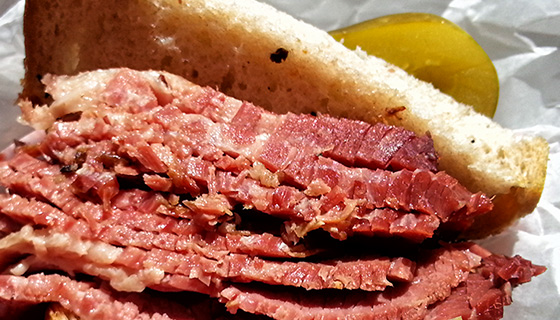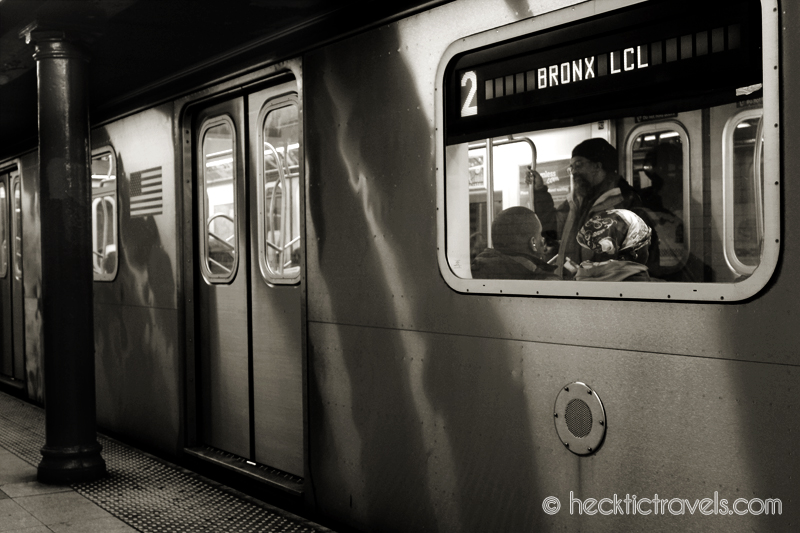Chiloe
We left Puerto Varas pretty disappointed for the little amount of exploring we actually got to do. Damn weather! I suppose we are still in the tail end of spring, so should expect this – but it just really sucks to only plan to be in one place for a couple of days and then have it ruined by wind and rain. Given all we have planned over the next week or so, we are just crossing our fingers that the worst has passed!
Another four hour bus/ferry ride and we arrived in the province of Chiloe, a small island off of the coast of Chile, and our last stop in the Lakes District before we fly down into southern Patagonia. Thankfully, rain turned into drizzle with patches of blue sky as we got nearer the city of Castro.
The light drizzle continued as we left the bus station, so because of that and the distance to our hostel, we decided to grab a cab. Pete wandered up to the first cab he saw and said: “Conoce esta dirección?” (Do you know this address?), and when the cab driver opened his mouth, we had NO IDEA what he was saying. Usually we can pick out a word or two and at least get a clue as to a response, but he spoke so fast and with such a different accent that we were lost. He honestly sounded like a Newfie speaking Spanish. A new dialect, perhaps? Spanewf? Newfnish? Not sure what to call this one!
Chiloe has an identity all of it’s own that they have fought hard to preserve. When the Chilean government wanted to build a bridge to the island as part of their bicentennial celebrations, the island’s people refused to let it happen for fear that easier access to the mainland would make it more challenging to keep their island’s independence.
One of the very distinctive features of Chilote are the picturesque neighbourhoods made up of palafitos – houses built on stilts over the water. Most are in Castro (those in the other major city of Ancud being wiped out by a tsunami on the 60s), and we were very pleased to get to stay in one!
Our hostel was the big brown/orange building, third from the right.
At high tide, the water moved into just a few feet below the patio off the front of the hostel. Our room was over the water and so high on the stilts! Anytime someone took the stairs a little heavily, the whole place would shake a little.
With the forecast showing sunny skies for the next couple of days (which is rare for this island) we took immediate advantage and booked a day long kayak trip – we wanted to work out all of our “kayaking kinks” before heading out on the three day trip next week. The sun didn’t show up as forecasted, but we were thankful to at least be spared from any rain.
Rió Notuco turned out to be a perfect spot for us to test our skills. There were many fallen trees in the river, which meant a lot of manuevering and some quick turns to stop from getting flipped over or stuck. We both managed to stay in the boats the whole time, but there were a few times when we had to be rescued from being wedged in some trees.
Navigating thru the fallen trees!
Damn sexy outfits, if I do say so myself…
With so much to see on this island and only one more day to do it, we decided again to rent a car and venture out on our own. We joined up with an Australian girl named Katy that we had met in our hostel and hit the road. First up was a drive and ferry ride to another small island off of this island, called Achao. We went in search of a few things: seafood in the form of fresh oysters served right on the beach, mussels for dinner later that evening, and churches. For a small island of only 160,000 inhabitants, there are 150 churches, many of which are Unesco World Heritage sites. Most are entirely made of wood and constructed such that they did not even use any nails to hold them together.
The many churches were easy to find – the oysters, not so much. We found a small town in the center of the island advertising “ostras” and followed the signs all the way to the beach. Found the “ostra” bar, found the oysters, but found no one to actually serve them to us! Several empty wine bottles laying nearby suggested that the owners might have had too much fun the night before and weren’t interested in their customers that day. Apparently, this is pretty typical here.
Surprisingly, the mussels weren’t that easy to find either, but during our last stop on the island, we finally had success. And what a success! 2 kilos of mussels for 800 pesos (about $1.60 CDN)! Pete was salivating the whole rest of the day in anticipation of dinner.
For the last half of the day we drove a very scenic route across Chiloe to the western coast and did some short treks through the Parque Nacional Chiloe. We saw some really incredible changing scenery in just a one hour hike – from a field of flowers, thru a swamp, to a beautiful coastline covered in abandoned oyster shells!
Thanks to some favourable weather, we got to see a lot during our short stay in Chiloe and it was easily one of our favourite spots in Chile. Tomorrow we fly down to Punta Arenas – our most southerly destination (almost 12,000 kms from Calgary!), and almost the farthest south one can possibly go on this continent before we begin our ascent north via Argentina. We are both really looking forward to our visit in southern Chile, but are also getting anxious to get back to some warmer weather. Cold, bad! Hot beaches, goooood!




Hi guys,
i'm sooooooo jalous ! Back to France, i'm enjoying wine and cheese, and waiting for snow. I've a good advise for you : don't go back it's definitely the hardest time of the trip !
Stay cool, stay safe and happy trails.
Guillemette
Thanks G! Don't you have a birthday party to plan for?? Ha ha, good to hear from you…enjoy your wine and cheese! xo